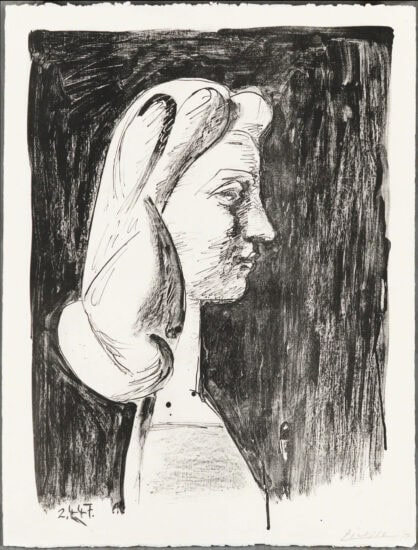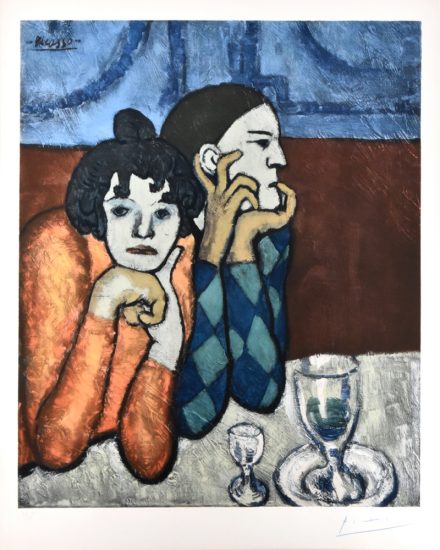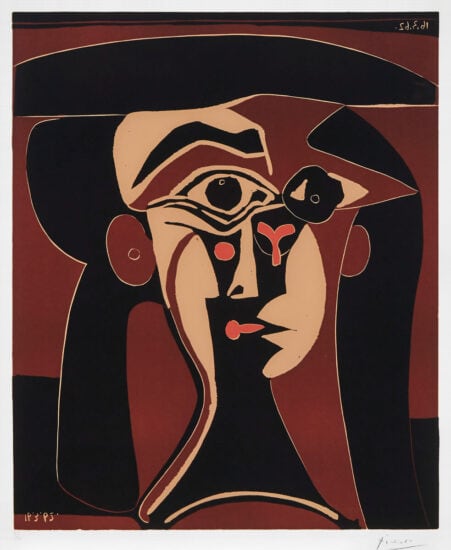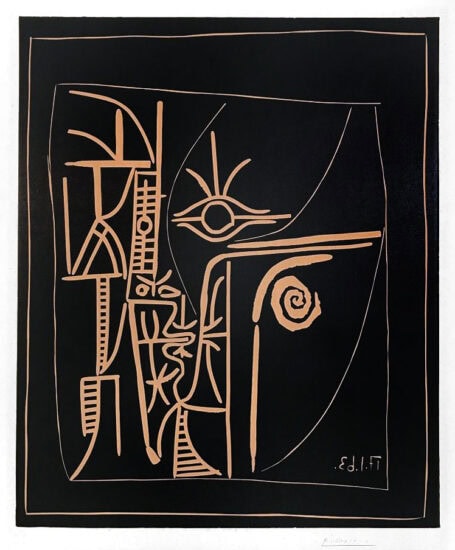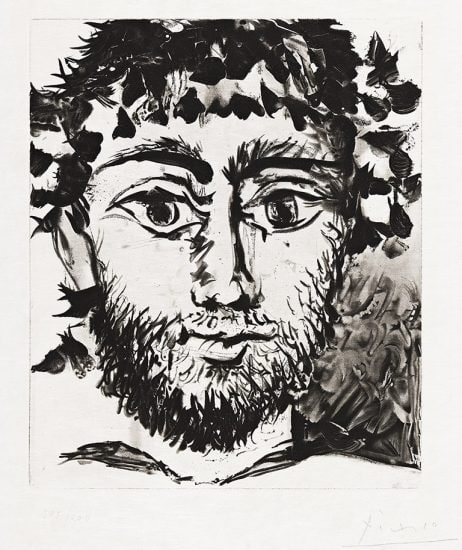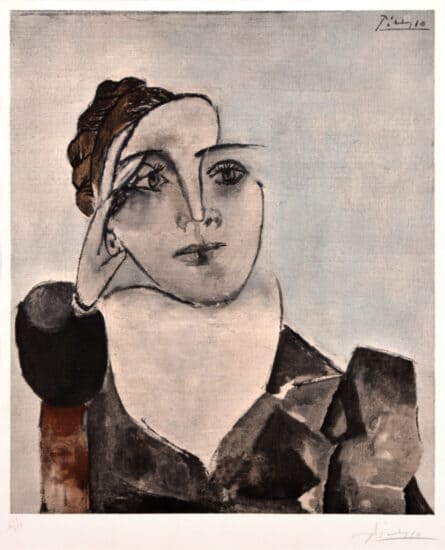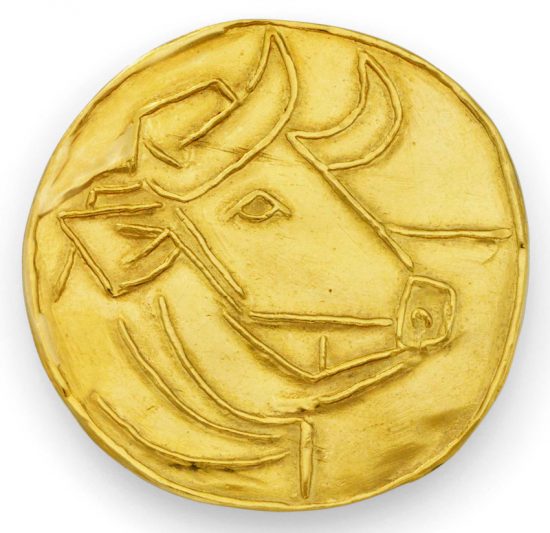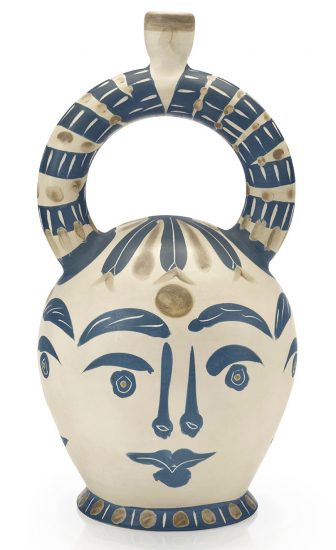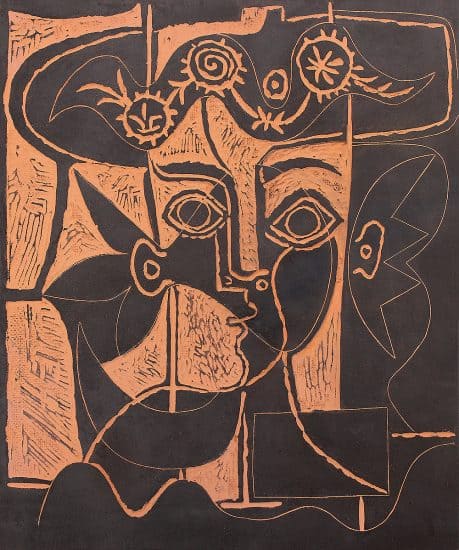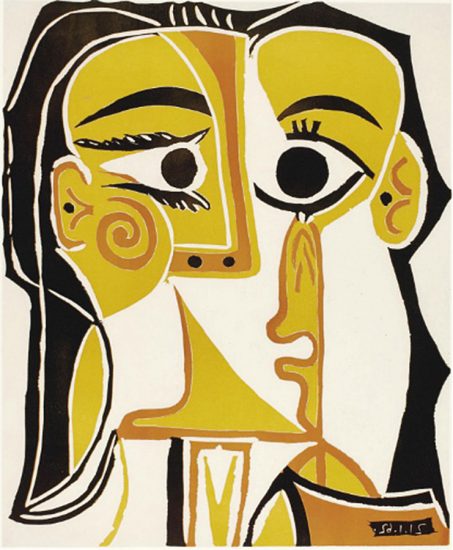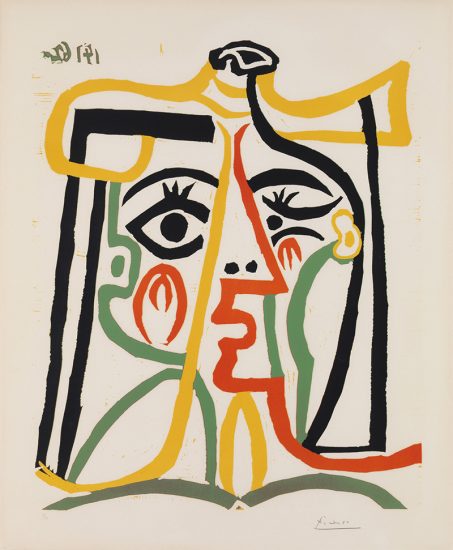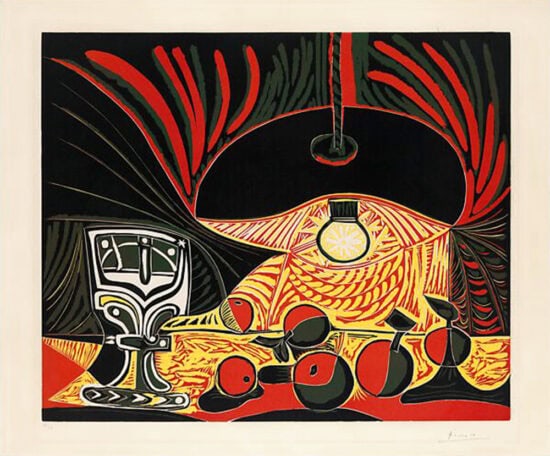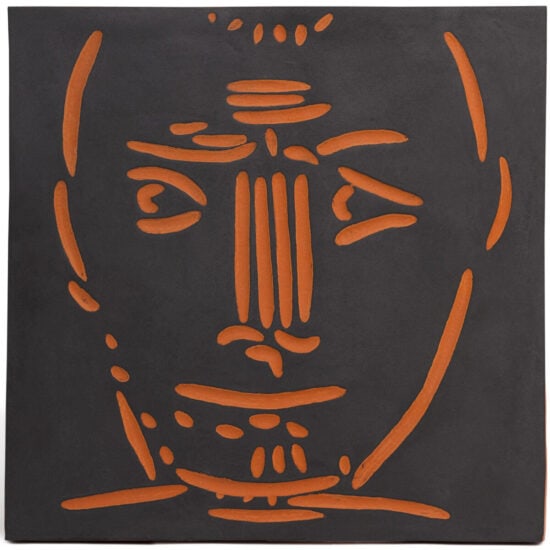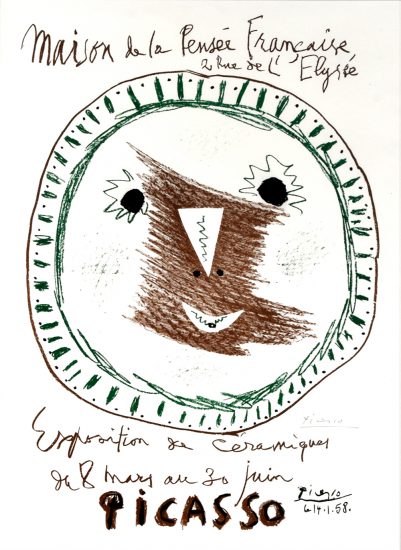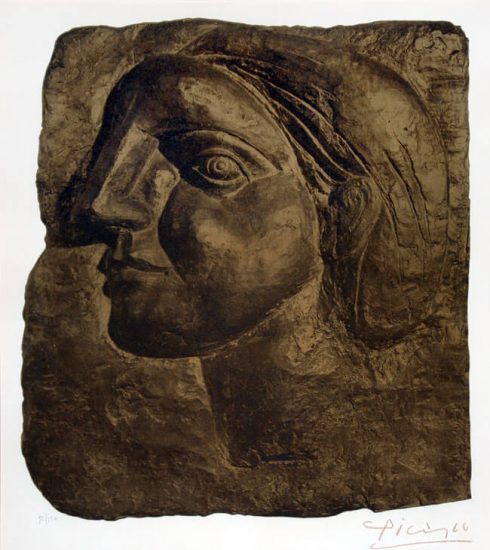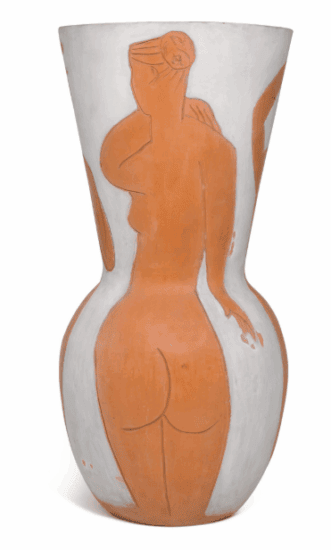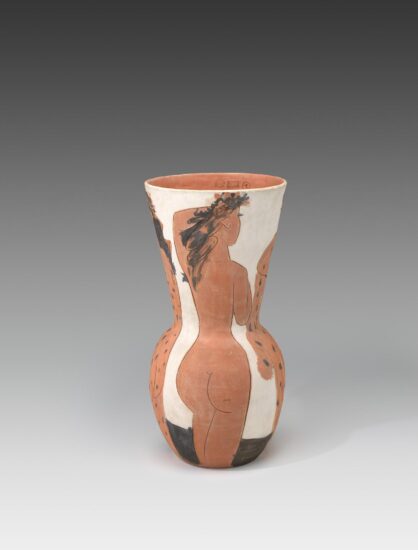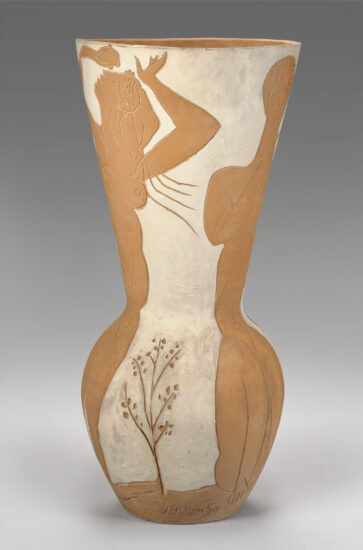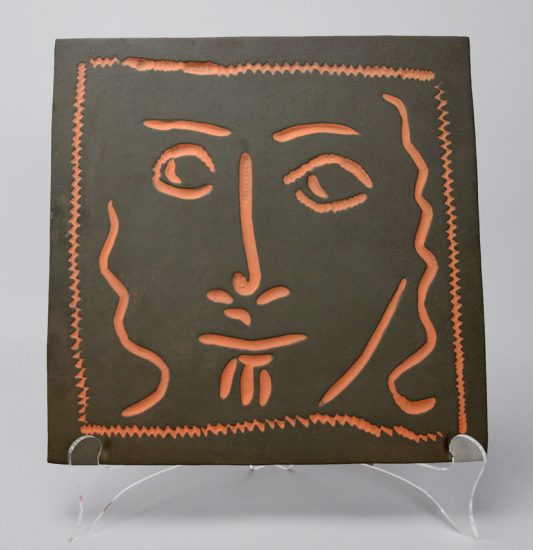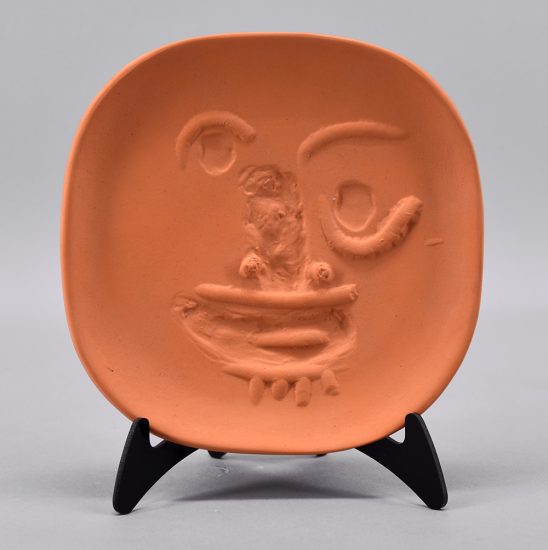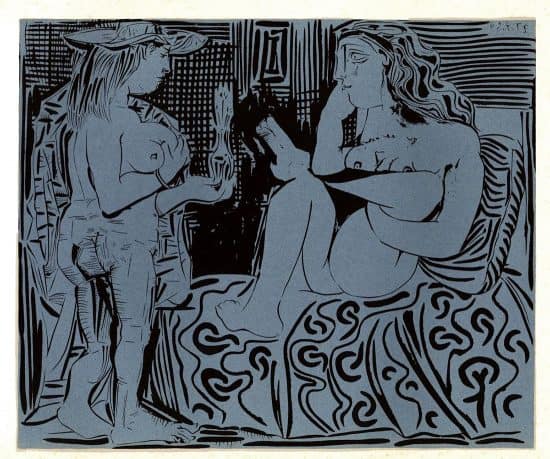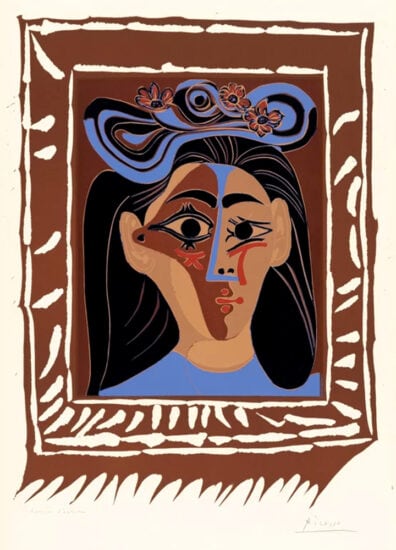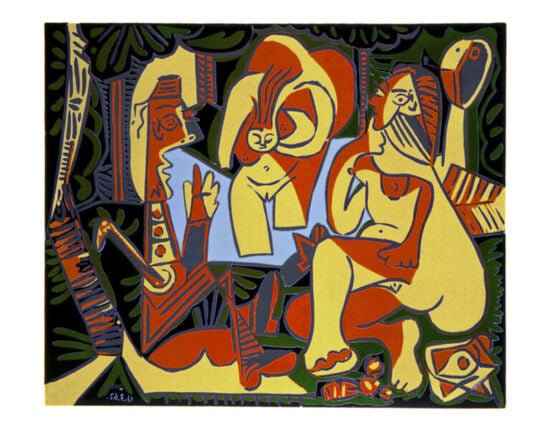Pablo Picasso Portrait
Pablo Picasso, a towering figure of 20th-century art, reshaped the visual language of modernism through an oeuvre that defied boundaries. Among his most profound contributions stands his portraiture — a subject matter that not only chronicled his emotional and intellectual life but also revolutionized the representation of the human face.
Through portraits, Picasso transcended mere likeness. He captured the soul of his subjects, fragmented their forms to reveal emotional truths, and pushed the limits of visual perception. His portraits are not just images of people — they are psychological and artistic experiments, mirrors of his inner life, and keys to understanding the evolution of modern art itself.
Why Did Picasso Paint Portraits?
For Picasso, portraiture was never just about documenting a person’s physical appearance. It was a vehicle for exploration — of form, identity, love, and even power. He once famously said, “Are we to paint what's on the face, what's inside the face, or what's behind it?”
Throughout his career, from Blue Period realism to Cubist abstraction and later neo-classical forms, portraits allowed Picasso to test new styles and ideas. Each face he painted was not only a subject but also a pretext for invention. Portraiture gave him a laboratory in which to experiment with emotional depth, structure, geometry, and symbolism.
Picasso Portraits of Men: Friends, Peers, and Power
Though Picasso’s depictions of women often dominate critical attention, his portraits of men are equally revealing. They include fellow artists, poets, and patrons — the intellectual and creative circles in which he moved.
His early works include sensitive, realistic portraits such as Portrait of Sebastià Junyer Vidal (1903) and Portrait of Jaime Sabartés (1901), close friends from his formative years. With the advent of Cubism, his male figures became increasingly analytical and abstract. One of the most significant is Portrait of Ambroise Vollard (1910), a fragmented, faceted homage to the influential art dealer who championed Picasso’s work.
These portraits often exude a cerebral, introspective quality — a marked contrast to the sensuality and emotional turbulence found in his depictions of women.
Picasso Self-Portraits: A Mirror Through Time
Picasso’s self-portraits form a fascinating chronicle of his evolving style and psychological states. From the early Yo, Picasso (1901), in which the artist boldly declares his presence, to the more fractured and surreal depictions during his Cubist and later periods, Picasso consistently used his own image to probe identity and mortality.
Unlike some artists who cease self-representation after achieving fame, Picasso continued to paint himself throughout his life — sometimes heroically, sometimes grotesquely, always with raw honesty. His late self-portraits, such as the haunting Self-Portrait Facing Death (1972), executed with trembling lines and bold colors, offer a poignant meditation on aging, legacy, and artistic immortality.
Picasso Portrait of Muses : Love, Obsession, and Transformation
Picasso’s romantic entanglements were as legendary as his art, and his lovers — many of whom were artists and intellectuals in their own right — served as both muses and mirrors.
Each woman in Picasso’s life left a distinct imprint on his art:
- Fernande Olivier appears in his early Rose Period and Cubist works, soft yet increasingly abstracted.
- Olga Khokhlova, a Russian ballerina, inspired a return to neoclassical portraiture in the 1920s.
- Marie-Thérèse Walter, whose youthful curves are immortalized in fluid, sensuous forms, appears in masterpieces like Le Rêve (1932).
- Dora Maar, the surrealist photographer and painter, is the tortured muse in Weeping Woman (1937), reflecting the anguish of the Spanish Civil War.
- Françoise Gilot, an artist herself, was rendered with clarity and modernity, often shown in calm domestic scenes.
- Jacqueline Roque, his final muse and wife, appears in more than 400 portraits, her face stylized and mythic — a symbol of devotion and loss.
These women were not passive subjects. Their emotional dynamics with Picasso shaped the nature of their portrayal, ranging from adoration to anguish, sensuality to sorrow.
Picasso Portraits in Museum Collections
Major institutions around the world house some of Picasso’s most iconic portraits:
- Musée Picasso (Paris): Home to Portrait of Olga in an Armchair (1918), as well as numerous depictions of Jacqueline and other muses.
- Museum of Modern Art (New York): Holds Girl with a Mandolin (1910) and Les Demoiselles d’Avignon (1907), a revolutionary portrait-based composition.
- Museo Reina Sofía (Madrid): Houses Guernica (1937), featuring expressive portraits of suffering amid war.
- Art Institute of Chicago: Exhibits The Old Guitarist (1903), a haunting figure study from his Blue Period.
- Tate Modern (London): Holds works like Weeping Woman (1937), the anguished image of Dora Maar.
These portraits not only represent Picasso’s stylistic development but also form a visual biography of his life and relationships.
Picasso Portraits in the Art Market: Rarity and Value
Picasso’s portraits are among the most coveted artworks in the global art market. Their rarity, provenance, and connection to his private life make them highly sought after by collectors. Especially prized are portraits of his muses, as they offer a glimpse into the artist’s most intimate moments.
Collectors view these works not only as cultural treasures but also as blue-chip investments. Their value continues to rise, driven by limited supply and enduring global fascination.
Most Expensive Picasso Portraits Ever Sold
Several Picasso portraits have shattered auction records:
- “Les Femmes d'Alger (Version O)” (1955)
Sold for $179.4 million at Christie’s in 2015.
A reinterpretation of Delacroix's harem scene, this work combines multiple female portraits with bold Cubist structure. - “Nude, Green Leaves and Bust” (1932)
Sold for $106.5 million in 2010 at Christie’s.
A portrait of Marie-Thérèse Walter, capturing her youthful sensuality in a lush, surrealist environment. - “Femme assise près d’une fenêtre (Marie-Thérèse)” (1932)
Sold for $103.4 million in 2021.
Another vibrant portrait of Marie-Thérèse, showcasing Picasso’s deep emotional and artistic connection with her.
These prices reflect not only the prestige of owning a Picasso but also the portrait’s emotional narrative, rarity, and historical significance.
Picasso Portraits: The Many Faces of Genius
Pablo Picasso’s portraits stand as testaments to his genius — not only as a painter but as a relentless innovator of human expression. His portrayals span from delicate realism to radical abstraction, each phase unveiling a new understanding of identity, emotion, and form.
Through friends, muses, and self-exploration, Picasso’s portraits chart a path through modern art itself. They are not simply faces on canvas — they are metaphors, confessions, and revolutions. To view a Picasso portrait is to see the world as he did: complex, fractured, deeply human, and endlessly new.
Buy Pablo Picasso Portrait For Sale With Us
We guarantee the authenticity of the work. Your fine art purchase is always accompanied by our Certificate of Authenticity, historical documentation, and museum-archival framing. Read more
